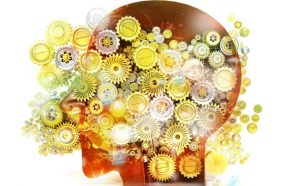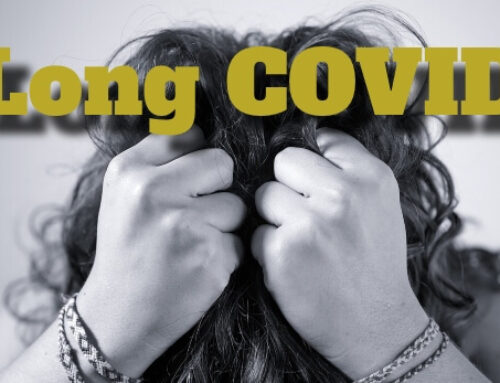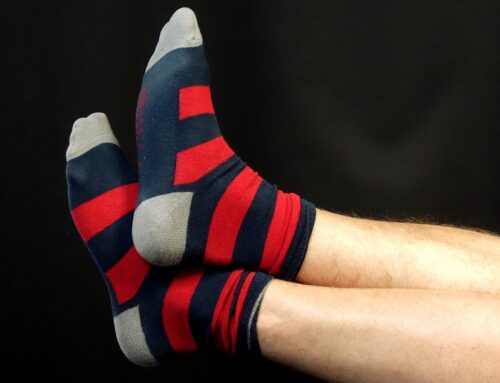Project Description
Stroke Rehabilitation
Physiotherapy is essential for the treatment of brain damage caused by a stroke. As a matter of fact, once a stroke has taken place and caused more or less serious brain damage, the effects on motor, sensory, cognitive, social and relational skills are produced immediately and treatment and rehabilitation should begin as soon as possible. stroke physiotherapy london
What is a Stroke?
A Stroke is an event that can occur following two main causes:
- Cerebral ischemia
- Hemorrhage
Cerebral ischemia is the process that occurs when there is a lack of oxygen and nutrients in the central nervous system, which are normally carried by the blood. Following an artery or vessel closure, the brain cells, which normally receive blood from the territory pertaining to that arterial branch, suffer permanent damage. The most common cause of cerebral blood vessel closure is the presence of an embolus. stroke rehabilitation at home
During a cerebral hemorrhage, damage to the nerves occurs by compression, due to the leakage of blood from the vessel that gathers in that area of the brain.
We have conditions in which slight and blurred motor or neuropsychological deficits remain, which might only show only when you are tired or particularly stress. In other cases, on the other hand, a person’s autonomy is totally compromised to an irreversible and serious extent, where motility and consciousness are completely lost. stroke rehabilitation in london
What Issues Can a Stroke Cause?
Depending on the extent of the damage and the location of the lesion, the outcomes of a stroke can be very variable. For this reason the healthcare team that will take care of your rehabilitation will be multidisciplinary and could include any or all of the following:
Sometimes the damage is limited to motor functionality, and shows through a difficulty or inability to move a part of the body like an arm, a leg or part of the face.
However, the language sphere may also be involved. There may be difficulties in the production of sounds, therefore in the mere articulation of words, while in other cases issues may extend to the language perception and understanding, which needs much more attention.
In the emotional and relational sphere, there can also be important variations with respect to the behavioral modes prior to the event.
Cognitive aspects can be compromised as well. These can range from mild changes in memory and attention capabilities, which have limited effects on normal daily life, to the impossibility of planning a gesture with a goal, or recognise a family member.
Aphasia
The most frequent outcome of a stroke is the appearance of hemiplegia or hemiparesis. This is the difficulty or inability to move one side of the body. Both the lower and upper limbs can be involved in a variable way. In addition to motor damage, there can be repercussions on perception, language and cognitive aspects in a more evident way compared to the contralateral hemiparesis.
For example, the sphere of language is a priority pertaining to the left hemisphere which has two specific areas of language within it. Damage to these areas leads to a clinical situation called Aphasia.
It can be of two forms:
- Motor aphasia
- Sensory aphasia
In motor aphasia, the patient’s difficulties lie in the organisation of the movement aimed at producing sounds and words. While in sensory aphasia, the difficulties extend to understanding, structuring the sentence and a relative concept.
Another aspect that may be present is the difficulty in planning, organising and carrying out movement. This is a cognitive condition called Apraxia. Even if all the movements proper to a gesture are there, it becomes extremely complicated to organise them in a functional way.
Among the neuropsychological condition associated with cases of right hemiparesis attention, perception and learning deficits are common. Speech Therapists are specifically trained to treat these conditions through stroke rehabilitation processes that involve language.
Physiotherapy and Stroke Rehabilitation
Physiotherapy after a stroke involves extensive aspects that go far beyond the simple identification of the limitations of joints movement. There are various different approaches to physiotherapy after stroke. These can broadly be divided into approaches that are based on neurophysiological, orthopaedic or motor learning aspects. Each physiotherapist who deals with stroke a stroke patient will adopt the various approaches in a versatile manner, based on the assessment parameters he identifies.
Stroke physiotherapy is therefore typically customised to fit each individual stroke survivor. Your physiotherapy plan will revolve around specific goals, which you and your therapist will work together to set and work toward. You should ask questions in this phase, especially about your prescribed goals and timetable, in order to make sure you know what to expect from your rehabilitation program.
Normally the physiotherapy starts with the most basic tasks and movements, such as safely transferring moving bed to chair while protecting your limbs if they are impaired. Exercises will then progress, to include tasks such as balance improvement, and will be aimed at helping you relearn basic coordination skills and functional tasks such as walking and grasping objects.
Inpatient And Outpatient Stroke Rehabilitation Programs
Depending on the living situation and type of care you need, you will receive care at one of three types of programs:
Inpatient Rehabilitation Facilities
Stroke survivors with severe impairments may need to stay in a specialised ward where they will receive 24-hour rehabilitation and medical care. Interdisciplinary inpatient programs are particularly important in stroke rehabilitation, and the intensive and incorporated multidisciplinary approach needed for these cases works best in an inpatient setting where professionals such as physiotherapists, specialists, speech therapists and occupational therapists are coordinated and organised to provide the level of care needed.
Outpatient Physical Therapy
Outpatient programs allow a stroke patients who live at home to access a full range of services by visiting a hospital outpatient department, outpatient rehabilitation facility, or day hospital. Outpatient physiotherapy usually also falls within a multidisciplinary approach where complete acre is provided for a few hours per day.
Home-Based Physical Therapy
After your dismissal from a hospital, your doctor may recommend continued care at home. During home-based stroke physiotherapy, the physiotherapist will come directly to your home and work on an exercise plan designed to stimulate and strengthen your muscles and retrain your brain tissue.
The Goals of Physiotherapy after a Stroke
Whichever techniques and methods are used by each physiotherapist, the goals of a patient’s rehabilitation following a stroke are a recovery in:
- Autonomy
- Motor skills: control over posture, weight load transfers, walking, moving
- Sensitivity
- Motion control
- Identification of aids and guardians
- Advice on daily life activities
If you or your loved one have suffered from a hemiparesis, your are faced with many changes in daily life and have to rethink the way you do things.
One of the goals of physiotherapy is to provide a specific exercise plan to facilitate the acquisition of control over your posture control. To do this, the first step is to regather control over head and upper body so as to allow the maintenance of a seated position.
The strategies that can be implemented within the proposed rehabilitation plan vary according to the patient, the therapeutic moment, the objective to be achieved and the procedure that is implemented to achieve it.
Homecare Services You might be interested in: |
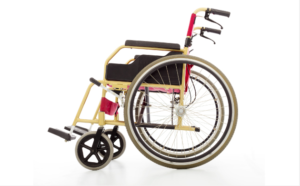
Physiotherapy
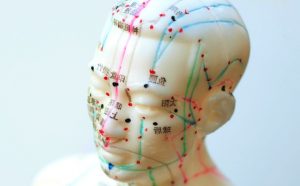
Acupuncture
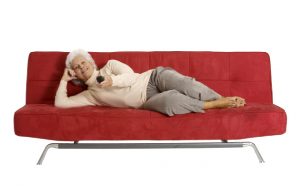
Elderly Medicine
